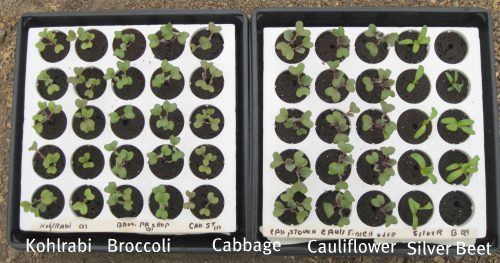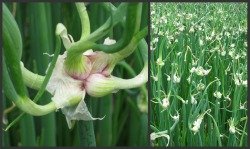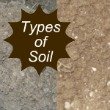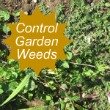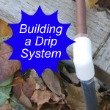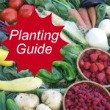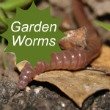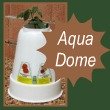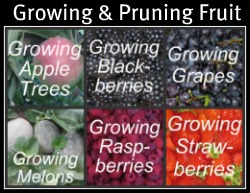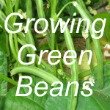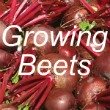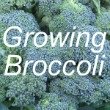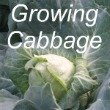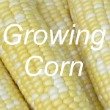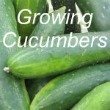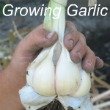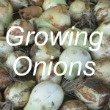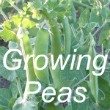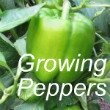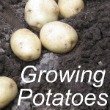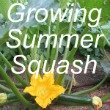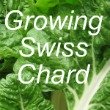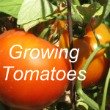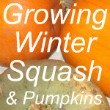|
Growing Swiss ChardGrowing Swiss chard is easy, and it’s one of my favorite vegetables to eat. The New Zealand variety is called Silver Beet. It has deep green vegetable leaves with white stems and is loaded with phytonutients. Swiss chard is similar to spinach but is much more tolerant of the heat during the hot summers. This is one of the first vegetables you can eat out of your garden in the early spring and is one of the last vegetables to freeze in the fall. A few plants will feed your family all year long. When you cut off the leaves, new leaves will grow back. It’s delicious to eat. You can chop it up and eat it in a fresh salad. Or, you can put it in a steamer for a couple minutes and eat it cooked. Put a little vinegar, butter, salt, and pepper on top of the steamed chard, and you have a delicious side dish. Planting Swiss Chard
You can plant your Swiss chard seeds directly into the garden or you can start your seeds indoors. If you want to give your Swiss chard a head start in the spring, plant your seeds inside 4-6 weeks before you want to plant them in the garden. See
starting seeds indoors. Swiss Chard is semi-cold hardy. The seeds or young Swiss chard seedlings can be planted out in the garden 3-4 weeks before your frost-free date. See
Vegetable Planting Guide. Keep the growing Swiss chard plants watered. See
Garden Watering Systems. Harvesting Swiss ChardAs the plants grow and start producing deep green leaves, the outside leaves can be cut off near the base of the plant. New leaves continue to grow from the center. This continues throughout the summer. Don’t let the outer leaves get too large. They are still ok to eat but the smaller leaves are more tender and tasty. If the Swiss chard grows faster than you can eat it, you can freeze some for the winter. Cut off the leaves and steam them. Put the steamed chard in freezer bags. This makes a nutritious side dish during the winter. The Swiss Chard plants will continue to produce leaves up until the first hard freeze. Harvesting Swiss Chard SeedSwiss Chard is a bi-annual plant so it doesn’t go to seed the first year. If you want to harvest Swiss chard seed, leave one of the plants in the ground over the winter. It will grow the following year. It doesn’t produce tender leaves like it did the first year, but it will produce an abundance of seeds. Many people are not as familiar with Swiss chard as they are with spinach or other vegetables. Try it you’ll like it. Return To: |





